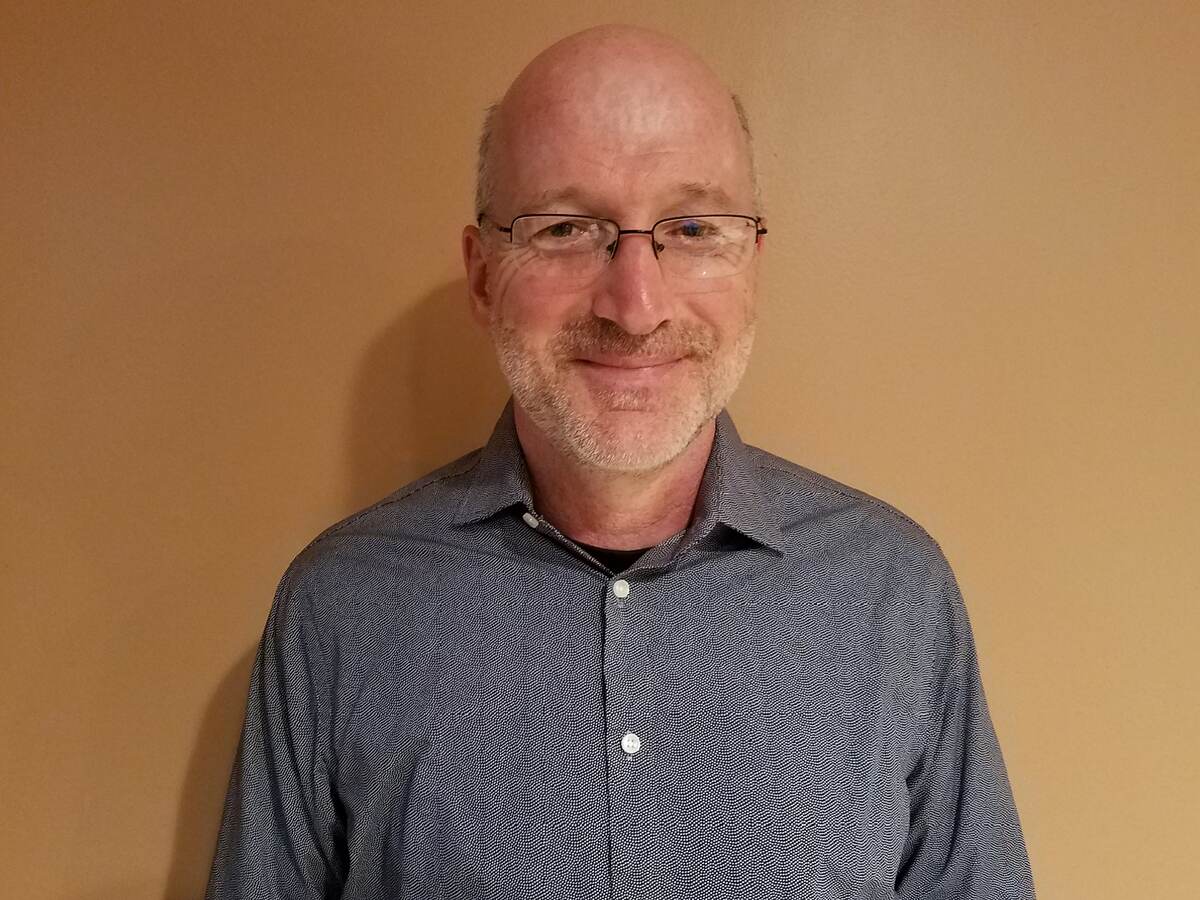June 25, 2019
Darrin Conlon, a husband and New York native, is looking for a double oven for his home in Long Island. The question is, should he buy a regular one or an oven with smart technology?
Except for Conlon, the director of principal engineers with UL’s Appliances, HVAC/R and Lighting division, an ordinary purchase isn’t so ordinary. He has been on the front line of product safety testing for more than 30 years.

Over the course of his career, Conlon has tested products ranging from electric toys, plumbing products and major appliances. Currently, much of his work involves writing safety requirements for major appliance standards.
“One of the expectations for a primary designated engineer (PDE) is to look for emerging technical trends in an industry,” he said. “Then, if we see a new technology materializing, we help translate those trends from a technical perspective.”
Harmony in North America
In recognition of exceptional service to the home appliance industry, the Association of Home Appliance Manufacturers (AHAM) presented the 2019 Chairman's Partnership Award to Conlon and Don Lee, technical adviser for CSA Group, for their work advancing the harmonization of U.S. and Canadian safety standards.
Conlon is also a Distinguished Member of Technical Staff in the William Henry Merrill Society, an organization that formally recognizes UL employees who have made significant contributions to the fulfillment of UL’s public safety mission for a safer, more secure and sustainable world.
In the standards world, harmonization is the process of developing a safety standard for multiple countries and minimizing the national differences between the relevant countries’ safety requirements. For businesses, harmonization helps cuts compliance costs and simplifies global market access by reducing compliance complexity.
Conlon currently leads the Connectivity and Cooktop Systems Joint Task Group, comprised of industry leaders. The group is developing interoperability requirements for the safe use of aftermarket devices intended to be used with cooktops.

For example, one aftermarket product can sense a person’s presence within the proximity of the cooktop. If the person moves away, the cooktop is automatically shut off.
“One of the objectives of the task group is to develop a set of requirements to make sure that the combination of the aftermarket device and cooktop will not increase the risk of fire or personal injury,” he said.
Different points of view
Conlon’s role involves leading the group’s review and discussion of the current state of safety requirements and market landscape in the related areas. They then work together to develop a set of requirements that can drive consistency among the related safety standards that interoperate in the connected cooktop system.
“One thing I like about working with this group is that you take a complex situation, and as a team, you try to solve a problem,” he said. “Moreover, at the end of it, you’ve got a solution that most people agree with.”
Which brings us back to Conlon’s purchase — did he resolve what kind of oven to buy for his home? So, we asked him if he was going to buy a smart one or not.
“Yeah, we’ll definitely get it,” he said. “And, I think it’s probably going to be more fun to use this appliance than any other appliance in our home.”
We help appliance manufacturers meet the complex challenges of today’s competitive global market. Learn more about our services that streamline safety, energy efficiency and performance testing.

